Hocheondang Ttukseom Station(호천당 뚝섬역)
4.5Km 2020-10-30
#103, 1F, 19, Sangwon-gil, Seongdong-gu, Seoul
+82-2-497-8880
This is a Japanese cuisine located in Seongsu-dong, Seoul. The representative menu is buckwheat soba noodles. A restaurant specializing in pork cutlet and soba noodles.
Inwangsa Temple (인왕사 (서울))
4.5Km 2020-04-02
16-1, Tongil-ro 18ga-gil, Jongno-gu, Seoul
+82-2-737-4434
Inwangsa Temple refers to the entire cluster of small Buddhist temples located on Inwangsan Mountain (alt. 338m) in the heart of Seoul. The eastern foot of the mountain has many scenic spots with its distinctively cozy and tasteful atmosphere, and the northern area called Mugye-dong also offers beautiful scenery. Inwangsa Temple was established in the early Joseon period (1392-1910) to guard the national palace Gyeongbokbung. The temple is comprised of 11 shrines from five different Buddhist orders. The unique design of each shrine adds pleasure to hikers on their way up to Seonbawi, an unusual rock formation that is a site of many folk beliefs and shamanist rites.
Nature Republic - Homeplus Wolgok Branch [Tax Refund Shop] (네이쳐리퍼블릭 홈플러스월곡점)
4.5Km 2024-04-23
76, Hwarang-ro, Seongbuk-gu, Seoul
-
Olive Young - Homeplus Wolgok Branch [Tax Refund Shop] (올리브영 홈플러스월곡)
4.5Km 2024-04-17
Home Plus Wolgok Branch, 76, Hwarang-ro, Seongbuk-gu, Seoul
-
Homeplus - Wolgok Branch [Tax Refund Shop] (홈플러스 월곡)
4.5Km 2024-04-22
76, Hwarang-ro, Seongbuk-gu, Seoul
-
Olive Young - Seoul Forest Station Branch [Tax Refund Shop] (올리브영 서울숲역점)
4.5Km 2024-06-26
1F, 50, Wangsimni-ro, Seongdong-gu, Seoul
-
Waterworks Museum (수도박물관)
4.5Km 2025-01-17
27, Wangsimni-ro, Seongdong-gu, Seoul
+82-2-3146-5936
The Ttukseom Water Purification Plant (Waterworks Museum and Slow Sand Filtration Basin) was completed in August 1908 as the first water purification plant ever built in Korea. In 2008, it celebrated 100 years of history with the opening of the Waterworks Museum, which showcases the history and value of Seoul's public waterworks. The museum was recognized for its modern architectural design and designated Tangible Cultural Asset of Seoul No.72.
Changuimun Gate - Jahamun Gate (창의문(자하문))
4.5Km 2020-04-02
118, Changuimun-ro, Jongno-gu, Seoul
+82-2-2148-1822
Changuimun Gate was often called Jahamun Gate. It was one of four mini-gates in the north surrounding the walled city of Hanyang (Seoul) during the Joseon dynasty. After the closure of Sukjeongmun Gate, one of the four main gates, Changuimun Gate became a favorite north gate. Hence, people also called Changuimun the North Gate. It is the only gate among four mini gates that is still in its original state. Although it is small, almost 50m² in terms of size, it looks very firm and sturdy. While Dongsomun Gate, another of the four mini gates, is decorated with a phoenix, Changuimun Gate is adorned with a wooden chicken along its rafters. The reason behind the wooden chicken was that the chicken was believed to be the nemesis of the centipede. People believed that installing the wooden chicken was important to overcome the harmful spirit of the centipede.
Bugaksan Mountain (북악산)
4.5Km 2024-03-04
Cheongun-dong, Jongno-gu, Seoul
+82-2-765-0297
Bugaksan Mountain is the mountain that one can see behind the Gyeongbokgung Palace and the Cheong Wa Dae to the north. Hanyangdoseong, the city wall that surrounded the historic capital of Hanyang, was built by connecting the ridges of this mountain. These walls can still be found today, having been preserved quite well. Different trails weave through the area along the Hanyangdoseong, the Seoul City Wall, and one can visit these trails at night as well. Bugak Skyway is a road that connects Changuimun Gate to Jeongneung Royal Tomb, and one can get a great view of Seoul’s city center from the Palgakjeong Pavilion on Bugak Skyway.
Seoul Upcycling Plaza (서울새활용플라자)
4.5Km 2024-01-05
49 Jadongchasijang-gil, Seongdong-gu, Seoul
Saehwaryong is a Korean term for upcycling, a process of redesigning or recycling discarded resources or materials to give them a new value or purpose. Seoul Upcycling Plaza operates upcycling-related exhibitions, upcycling practice education and experience programs, design studios, upcycling stores, workshops, and more. It is a great place to look around for ideas and inspirations on how to use products for longer periods of time. The plaza demonstrates the first step to creating a resource-recycling society.
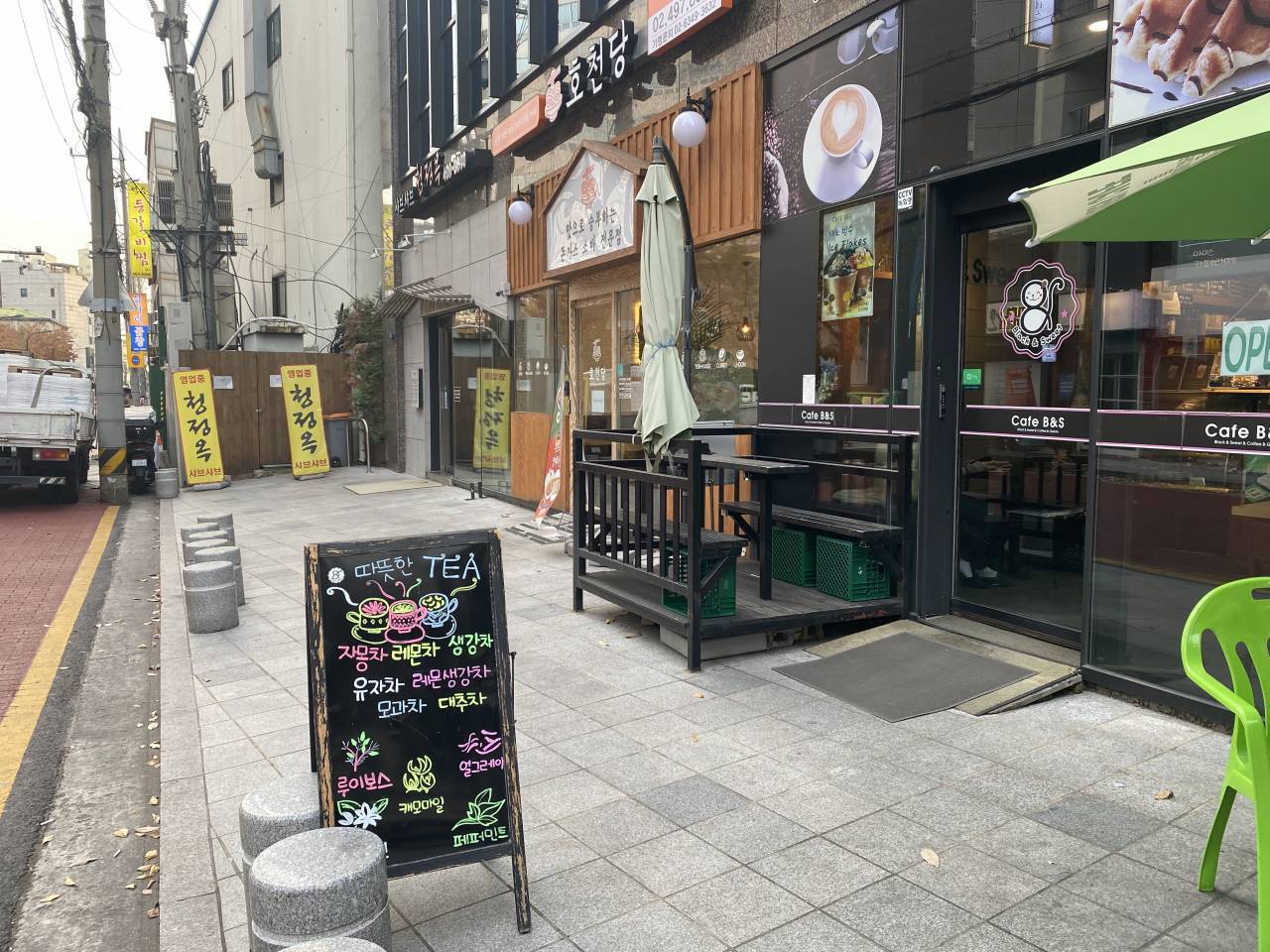
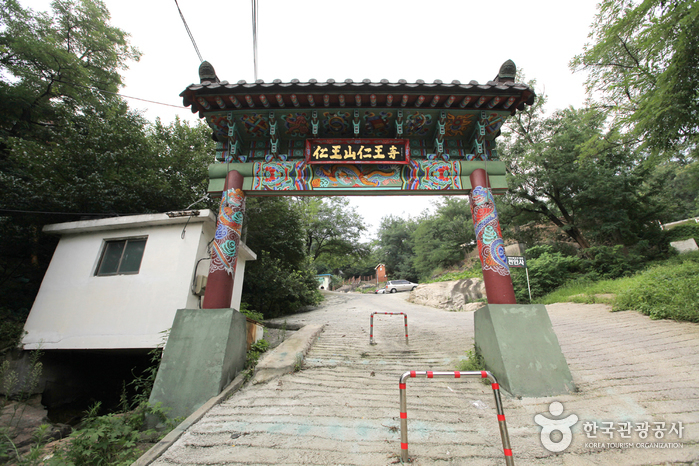

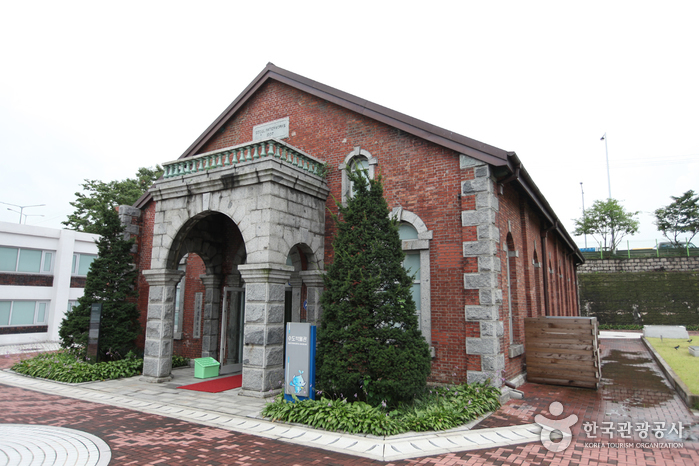
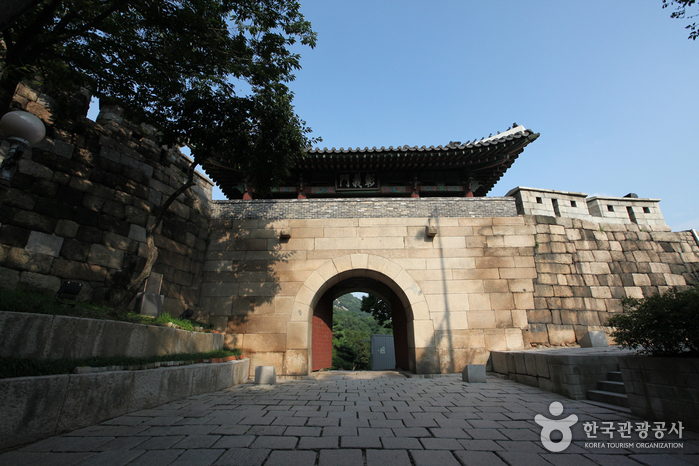
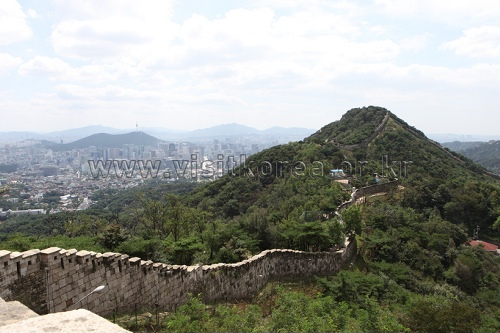
 English
English
 한국어
한국어 日本語
日本語 中文(简体)
中文(简体) Deutsch
Deutsch Français
Français Español
Español Русский
Русский